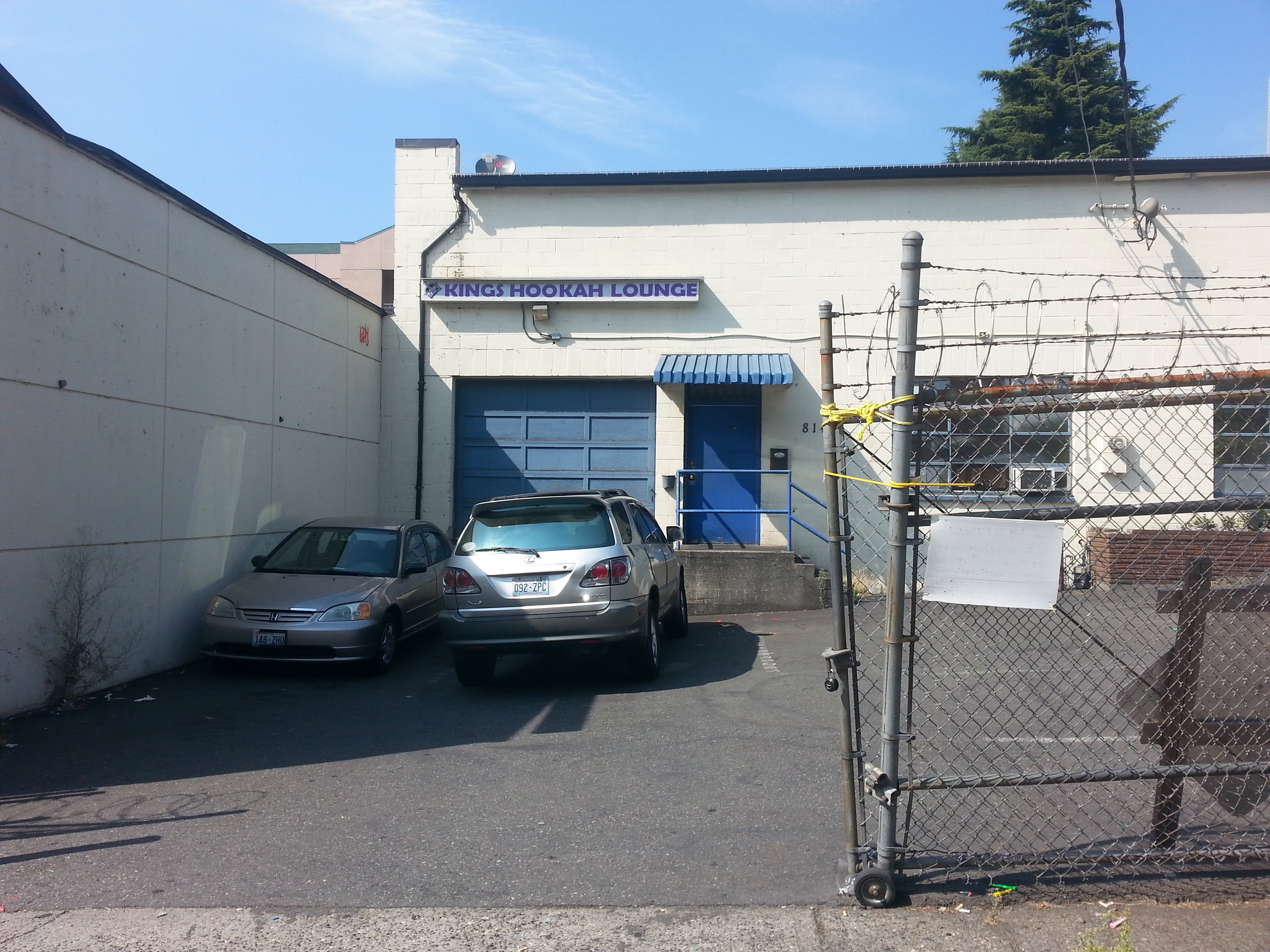While researching the upshot of Mayor Murray’s attempt to shut down hookah lounges earlier this year, I remembered a claim the mayor made: that hookah lounges have been hotspots for violent crime. In a press release announcing a (now aborted) crackdown on hookah lounges, the mayor’s office wrote:
Serious violent incidents have occurred near several smoking lounges, ranging from assaults, shots fired and fatal shootings. Three homicides over 18 months have occurred near smoking lounges, including the murder last month of Donnie Chin outside of King’s Hookah Lounge in the Chinatown-International District. Seattle Police have responded to more than 100 fights and disturbances connected to smoking lounges since 2012.
These numbers are impressive-sounding. But without some kind of baseline against which to compare them, they’re basically meaningless. You can take someone’s temperature, but you won’t know whether they have a fever unless you have a baseline for normal human body temperature to compare against.
So how does violence and crime near hookah lounges compare to violence and crime near bars? Asked this question when they first announced the hookah crackdown in August, the mayor’s office did not have an answer.
So I asked my boyfriend, Jacob Kovacs, to use his computer wizard skills to find out. He explains his methodology in grueling detail in this blogpost. For my fellow neanderthals, I’ll summarize: using a couple different data sources, Kovacs mapped the locations of police responses, hookah lounges, and pubs. He then looked at the average number of police responses since 2013 near hookah lounges in comparison to the average number of police responses near pubs.
The result? Hookah lounges are, if anything, safer than pubs. The average number of police incidents within 100 feet of a bar is about 27; for a hookah lounge, it’s about 4. As Kovacs puts it, “It seems fairly safe to say that lounges are not dramatic epicenters of crime and violence.”









